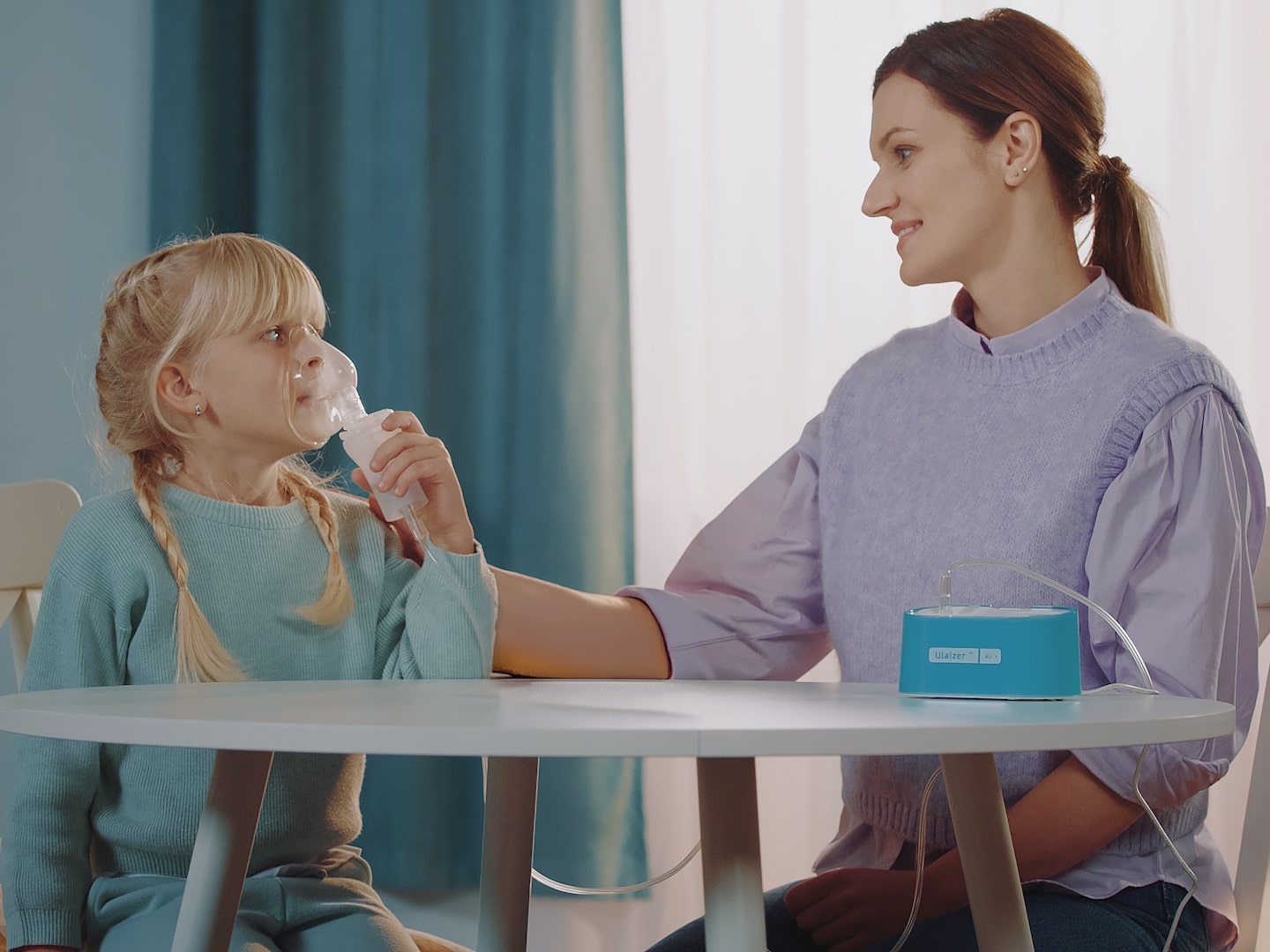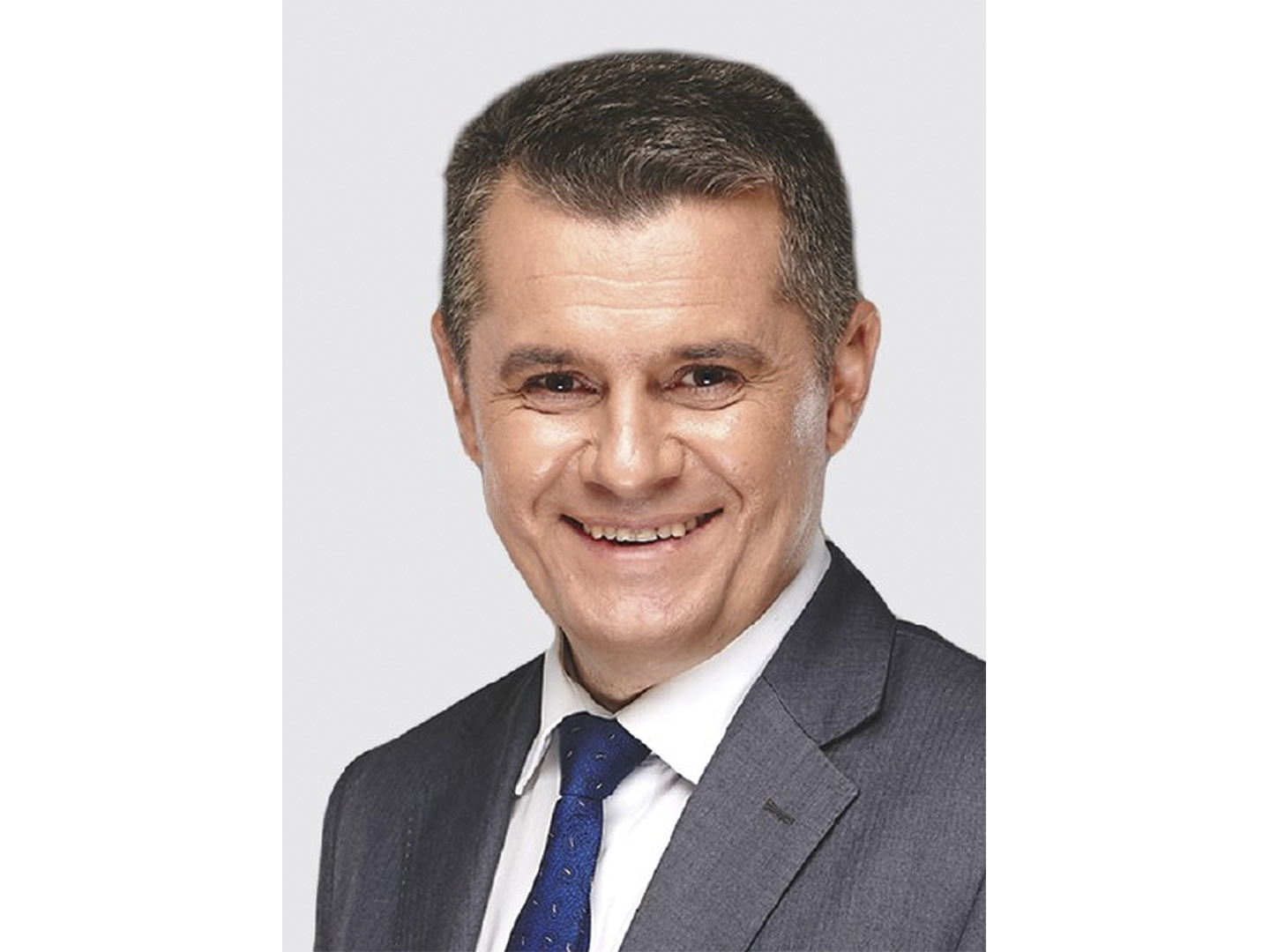Justification of respiratory cytoprotection in children’s bronchial asthma

The goal of the work. To improve the results of treatment and prevention measures for bronchial asthma (BA) in children by supplementing the complex of basic therapy with the inhalation of the drug еctoin (“Ectobris”).
Material and methods. A comprehensive clinical and paraclinical examination of 78 school-aged children with BA was conducted. 2 clinical groups were formed. The first group was formed by 47 children (average age – (12.2 ± 0.5) years, the share of boys – 78.7 %), who received standard basic treatment for bronchial asthma. The II group included 31 patients with bronchial asthma (average age – (11.7 ± 0.6) years, p > 0.05, the proportion of boys – 67.7 % (p > 0.05)), whose basic therapy included the inhalation drug “Ektobris” (2.5 ml in containers for nebulization 2 times/day for 10 days). The main clinical characteristics of the observation groups were comparable.
Results. We established that children with asthma who received Ectobris inhalations in complex basic treatment had an increase in the average score on the ACT questionnaire, which indicated an improvement in disease control (increase in absolute risk (AR) – 53.8 %, increase in relative risk (RR) – 69.9 % (95%CI: 59.9-78.7) with the minimum number of patients (MNP) – 1.4 (95%CI: 0.04-6.5).
It was also shown that the use of a 10-day course of inhalations was accompanied by a decrease in inflammatory desquamation of the epithelium (according to nasocytogram data), and an increase in the chances of achieving the minimum number of desquamated epitheliocytes (<5 %) in the nasal epithelium was characterized by: DAR – 32.0%, DRR – 52, 4% (95%CI: 42.2-62.5), MNP – 1.9 (95%CI: 0.1-7.2) and also made it possible to reduce the indicators of nonspecific hypersensitivity of the respiratory tract to indirect bronchospasmogenic factors.
Conclusions. Adding “Ektobris” inhalations to the standard basic anti-inflammatory therapy of bronchial asthma made it possible to improve control over the asthma, reduce indicators of non-specific hypersensitivity of the respiratory tract to physical exertion.
Key words: bronchial asthma, children, ectoine.
Authors:
- Koloskova Olena Kostyantynivna – MD PhD, Professor, Head of the Department of Pediatrics and Pediatric Infection Diseases of Bukovinian State Medical University.
- Tarnavska Svitlana Ivanovna – PhD, Associate Professor of the Department of Pediatrics and Pediatric Infection Diseases of the Bukovinian State Medical University Chernivtsi.
Literature:
- Ajimi Muhamed Sof’en B.A. Bronchial hyperreactivity in children with bronchial asthma (immunological characteristics, clinical significance). Zaporizhia Medical Journal. 2005. 5 (32): 107-108.
- Order of the Ministry of Health of Ukraine dated 23.12.2021 No. 2856 “On approval of the unified clinical protocol of primary and secondary (specialized) medical care “Bronchial asthma in children”. Access mode: zakon.rada.gov.ua/rada/show/v2856282-21
- Akar-Ghibril N., Casale T., Custovic A., Phipatanakul W. Allergic Endotypes and Phenotypes of Asthma. J Allergy Clin Immunol Pract. 2020. 8(2):429-440. doi: 10.1016/j.jaip.2019.11.008.
- Arteaga-Badillo D.A., Portillo-Reyes J., Vargas-Mendoza N., Morales-González J.A., Izquierdo-Vega J.A., Sánchez-Gutiérrez M., Álvarez-González I., Morales-González Á., Madrigal-Bujaidar E., Madrigal-Santillán E. Asthma: New Integrative Treatment Strategies for the Next Decades. Medicina (Kaunas). 2020.28;56(9):438. doi: 10.3390/medicina56090438.
- Agache I., Akdis C., Jutel M., Virchow J.C. Untangling asthma phenotypes and endotypes. Allergy. 2012.67(7):835-46. doi: 10.1111/j.1398-9995.2012.02832.x.
- Ciofalo A., Cavaliere C., Incorvaia C., Plath M., Ridolo E., Pucciarini F., Altissimi G., Greco A., de Vincentiis M., Masieri S. Diagnostic performance of nasal cytology. Eur Arch Otorhinolaryngol.2022. 279(5):2451-2455. doi: 10.1007/s00405-021-07044-5.
- Diamant Z., Vijverberg S., Alving K., Bakirtas A., Bjermer L., Custovic A., Dahlen S.E., Gaga M., Gerth van Wijk R., Giacco S.D., Hamelmann E., Heaney L.G., Heffler E., Kalayci Ö., Kostikas K., Lutter R., Olin A.C., Sergejeva S., Simpson A., Sterk P.J., Tufvesson E., Agache I., Seys S.F. Toward clinically applicable biomarkers for asthma: An EAACI position paper. 2019. 74(10):1835-1851. doi: 10.1111/all.13806.
- Durán R. Pathophysiology of asthma: A current view. Col. Neumol. 2015. 27:226–230.
- Halken S. Prevention of allergic disease in childhood: clinical and epidemiological aspects of primary and secondary allergy prevention. Pediatr Allergy Immunol. 2004.15 (Suppl 16):4-5, 9-32. doi: 10.1111/j.1399-3038.2004.0148b.x.
- Harishchandra R.K., Sachan A.K., Kerth A., Lentzen G., Neuhaus T., Galla H.J. Compatible solutes: ectoine and hydroxyectoine improve functional nanostructures in artificial lung surfactants. Biochim Biophys Acta. 2011. 1808(12):2830-40. doi: 10.1016/j.bbamem.2011.08.022.
- Heffler E., Landi M., Caruso C., Fichera S., Gani F., Guida G., Liuzzo M.T., Pistorio M.P., Pizzimenti S., Riccio A.M., Seccia V., Ferrando M., Malvezzi L., Passalacqua G., Gelardi M. Nasal cytology: Methodology with application to clinical practice and research. Clin Exp Allergy. 2018. 48(9):1092-1106. doi: 10.1111/cea.13207.
- Garas M., Sazhyn S., Lekhkun G., Goncharuk R., Gorenko N. Indices of nonspecific bronchial reactivity in severe asthma phenotype determination in schoolchildren. Wiad Lek. 2018. 71(8):1537-1540.
- Gauvreau G.M., Brannan J.D. Provoked models of asthma: what have we learnt? Clin Exp Allergy. 2009. 39(2):181-92. doi: 10.1111/j.1365-2222.2008.03172.x.
- Global Strategy for Asthma Management and Prevention Global Initiative for Asthma (GINA) 2020. [(accessed on 11 July 2020)]; Available online: org/wp-content/uploads/2020/06/GINA-2020-report_20_06_04-1-wms.pdf.
- Khachouk R., Pieper-Fürst U., Acikel C., Kolot C., Bilstein A., Mösges R. Effectiveness of Ectoin lozenges on oropharyngeal allergic symptoms. Clin Transl Allergy. 2022 Jan 6;12(1):e12095. doi: 10.1002/clt2.12095.
- Kirtsreesakul V., Hararuk K., Leelapong J., Ruttanaphol S. Clinical efficacy of nasal steroids on nonallergic rhinitis and the associated inflammatory cell phenotypes. Am J Rhinol Allergy. 2015. 29(5):343-9. doi: 10.2500/ajra.2015.29.4234.
- Liu A.H. , Zeiger R.S. , Sorkness C.A. The Childhood Asthma Control Test: Retrospective determination and clinical validation of a cut point to identify children with very poorly controlled asthma. J. Allergy Clin. Immunol. 2010. 126:267–273.
- Lozano N.A., Saranz R.J., Lozano A., Bovina Martijena M.D.P., Ramirez M., Ponzio M.F., Berardi Y.V., Sosa A.G., Cóncari E. Análisis de la citología nasal en niños y adolescentes con rinitis [Analysis of nasal cytology in children and adolescents with rhinitis]. Rev Fac Cien Med Univ Nac Cordoba. 2017. 74(2):126-133.
- Murayama N., Murayama K. Nasal Discharge Eosinophils in Childhood Asthma Patients as a Predictive Factor for Persistent Asthma. Mediators Inflamm. 2018.18:256-268. doi: 10.1155/2018/2563978.
- O’Byrne M., Gauvreau G.M., Brannan J.D. Provoked models of asthma: what have we learnt? Clin Exp Allergy. 2009.39(2):181-92. doi: 10.1111/j.1365-2222.2008.03172.x.
- Papadopoulou A., Lambidi S., Lagousi T., Syrrou M., Giannoula F., Staikou E., Kostaridou S., Mermiri D.T. Nasal eosinophilia as a preliminary discriminative biomarker of non-allergic rhinitis in every day clinical pediatric practice. Eur Arch Otorhinolaryngol. 2023. 280(4):1775-1784. doi: 10.1007/s00405-022-07704-0.
- Salapatek A.M., Werkhäuser N., Ismail B., Mösges R., Raskopf E., Bilstein A. Effects of ectoine containing nasal spray and eye drops on symptoms of seasonal allergic rhinoconjunctivitis. Clin Transl Allergy. 2021. 11(1):120-126. doi: 10.1002/clt2.12006.
- Silverman M., Anderson S.D. Standardization of exercise tests in asthmatic children. Arch. Dis. Child. 1972. 47:882-
- Simpson J.L., Yang I.A., Upham J.W., Reynolds P.N., Hodge S., James A.L., Jenkins C., Peters M.J., Jia G., Holweg C.T., Gibson P.G. Periostin levels and eosinophilic inflammation in poorly-controlled asthma. BMC Pulm Med. 2016. 30;16(1):67. doi: 10.1186/s12890-016-0230-4.
- Sydlik U., Gallitz I., Albrecht C., Abel J., Krutmann J., Unfried K. The compatible solute ectoine protects against nanoparticle-induced neutrophilic lung inflammation. Am J Respir Crit Care Med. 2009. 80(1):29-35. doi: 10.1164/rccm.200812-1911OC.


